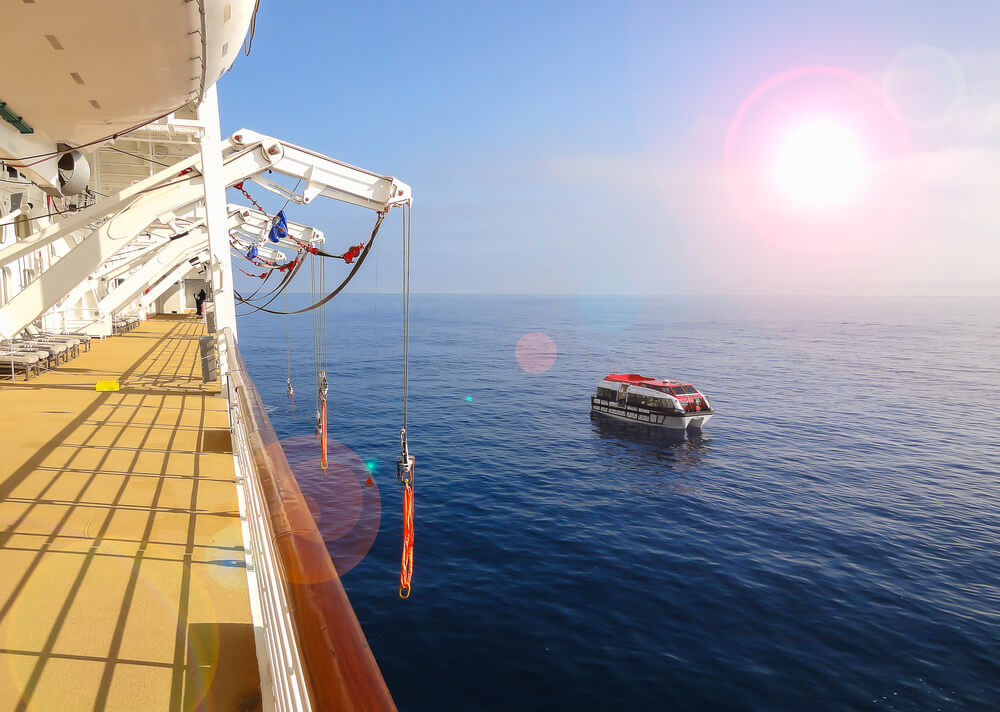
 So exactly what is a tender port on a cruise? Learn more about boat tender definitions and what it means for your vacation.
So exactly what is a tender port on a cruise? Learn more about boat tender definitions and what it means for your vacation.
Are you about to embark on your first cruise vacation and wondering what is a tender port on a cruise? Think of tendering as a way to get from your large cruise ship to the small port or island you are visiting. In some regions, ocean liners are too large to anchor close to port for a variety of reasons. A simple boat tender definition is when you take a tender boat (a smaller vessel) from your ship directly to your destination. Tender boats are either lifeboats from your cruise ship or boats commissioned from an outside company and can typically hold up to a hundred people at a time.
Now that you know a little more about what tendering is, you might be wondering how does it work, and what are the advantages and disadvantages? Once you have docked in your cruise ship tender port, it will be time to get in line in order to take a tender boat to your destination (if you plan to get off the ship). Most people get in line early and want to get off the ship as soon as possible in order to fully enjoy their time in port. What does this mean for you? Waiting in line and the need to be patient. Some cruise ships will use a ticket system, which will give you a specific tender time that you will be able to leave the ship.
Some people who prefer not to wait in line will opt to have a long, leisurely breakfast or lunch (depending on dock time), and entertain themselves aboard the ship until the tender line has decreased. Whether you wait in line, use a ticketing system, or patiently stay behind until the tender line has diminished, there are no ticketing systems for the return trip. This means there will likely be lines for tender boats in order to reboard your ship. Because of the possibility of long lines, make sure you allot yourself plenty of time to get back on to your cruise ship after enjoying your excursions while in port.
Cruise Ship Tender Tips
There are a few things you should be aware of regarding cruise ship tender ports. Because tendering involves going from one boat to another, there are typically steps involved and sometimes a gap stepping from one ship to the other. For those with mobility issues, this might be a concern (though there are usually accommodations in place for these scenarios). Some ships might asked guests to prove they can step a specific distance before proceeding to the tender line, in addition to parents being able to demonstrate they can pass or carry their children over the gap between boats.
Tendering Advantages and Disadvantages
Depending on your personality, age and health, you may see tendering as another piece of your cruising adventure or as an annoyance. The drawback of having cruise ship tender ports on your itinerary is that the process takes time. In addition, the tender boats aren’t particularly comfortable and cruisers will likely have to wait in line to return to their ship. Last, bad weather can impact cruise ship tender ports and itinerary schedules. Because tender boats are smaller, port stops might be cancelled if poor weather is in the forecast.
That being said, there are some advantages of tendering. First, you get an incredible vantage point of your cruise ship (ideal for unique photos). Plus, tender boats can take you to remote, untouched locations that cannot be accessed by large cruise ships.
Now that you are fully aware of a boat tender definition, you can decide if you want to select a cruise itinerary that will have tender-involved stops. Not sure if a cruise itinerary will involve tender boats? Let an experienced and knowledgeable CruiseExperts.com agent help you determine which cruise would be best for you. Visit CruiseExperts.com or contact us directly at 1-888-804-CRUISE (2784) to learn more. And, don’t forget to like us on Facebook and join our InnerCircle for exclusive offers and cruise news you can use! Also, check out our new Resource Center, where you can receive expert knowledge from us before your next cruise or cruisetour.

